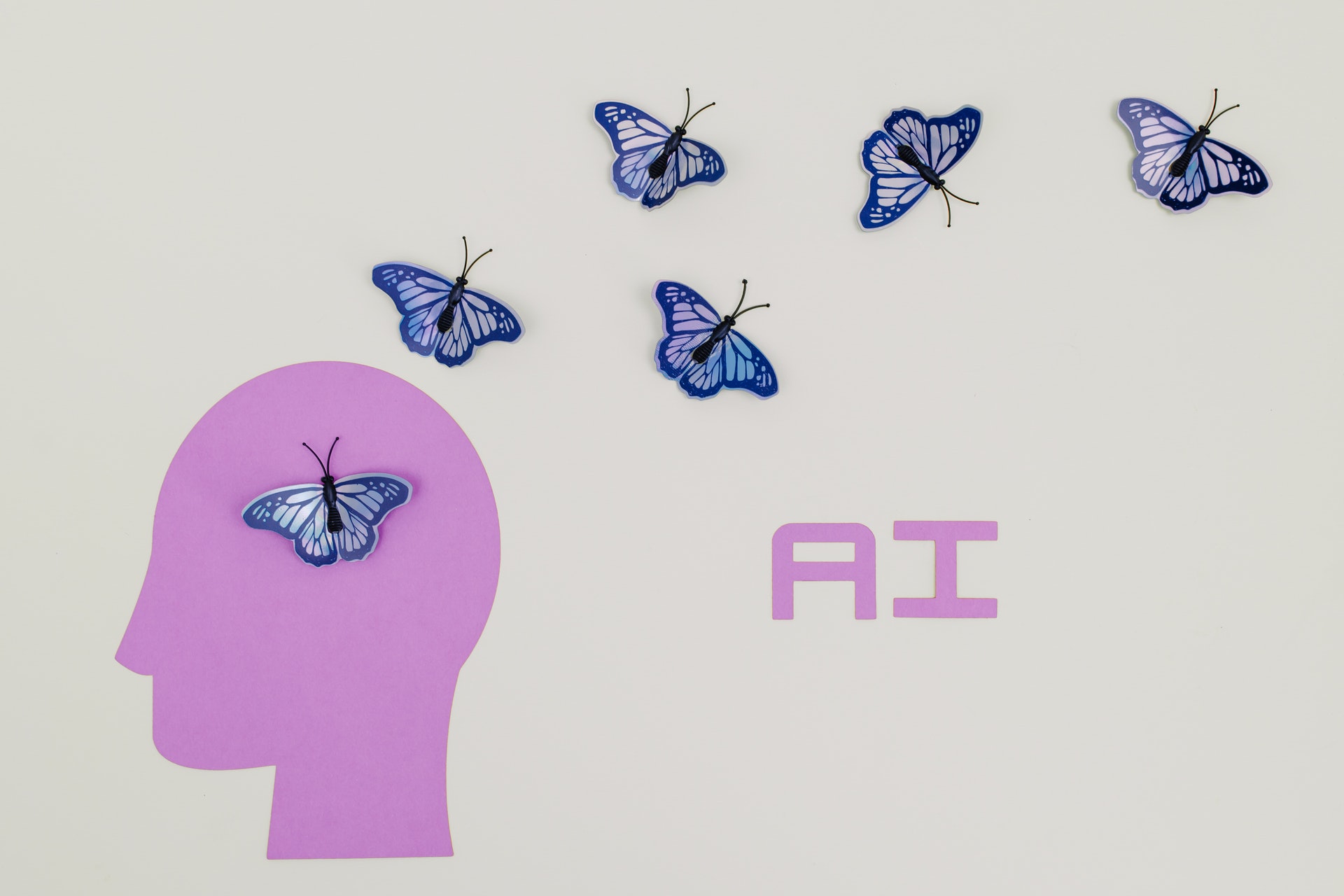

Staying organized is one of the best approaches to keeping a schedule. Finding what you need and staying on track of upcoming meetings, events, or appointments is easier. However, if you’re new to keeping a schedule or have difficulty developing organizational techniques, you might consider color-coding.
Color-coding is a pretty straightforward technique for maintaining an organized calendar. It involves categorizing your events and assigning a specific color to each category. This makes glancing at your schedule more pleasing, for one, while also keeping a structure.
You might not be sold on the concept of color-coding yet. After all, how can you decide you want to switch when you don’t have all the facts? Keep reading for the pros and cons of color-coding your calendars.
Pros
To kick this list off in an optimistic light, here are the many pros of keeping a color-coordinated calendar system.
It’s an Easy System
Organizing might make you think of the perfectionist in your life who goes to lengths to schedule, structure, and categorize everything. However, you don’t need to commit to the same extremes just to become more organized. That’s one of the reasons color-coding is so popular and a go-to categorization method for many — it’s super easy!
This technique doesn’t take much effort or time to do, yet it can effectively put your schedule in order. All you have to do is create categories for the types of events you’ll be putting on your calendar then choose corresponding colors. For example, yellow could be doctor appointments, and green could be work meetings.
It’s not very difficult to accomplish this on an online calendar, either. On Google Calendar, press the three dots to the right of your calendar, and the color options will appear. On Outlook, click “categorize,” “all categories,” then “color categories,” and you’ve got it. For the Calendar app, hit the little “i” button on the right of your calendar to access color choices. Have a different operating system? Finding out how to color-coordinate is a simple internet search away!
It Makes Finding Events Easier
Sometimes, you’re in a hurry and must quickly check your calendar for what event is coming up soon. Or maybe you can’t remember a project deadline and have no idea where to look on your schedule. Both of these problems can be easily solved through color-coding.
Glancing at your calendar and understanding what your week or month involves is simple with color-coordination. Even without checking the details of all your tasks, you can see what kind of events you have coming up just based on the colors.
You can quickly scan through the category colors when looking for a specific event on your calendar. For example, if you have a deadline and can’t remember precisely when — look through events with the corresponding color. Looking something up in your calendar has never been easier.
It Can Help You Prioritize Tasks
Do you struggle with effectively prioritizing tasks in your life? Perhaps you’ve been trying to improve at priorities, but the concept has been challenging to follow or remember. Well, you guessed it — color-coding can help.
When choosing colors for your schedule’s categories, try to base these selections on color association. This means you’ll pick a category’s color based on what feelings or associations those colors bring to you. For example, red might make you think of urgency, so you could color-coordinate your projects due soon.
Now when you check your calendar, you can easily find what needs to be done first. And, now, you’re less likely to forget what tasks you wanted to prioritize.
Color Improves Memory
Paper calendars can be pretty colorful on their own, depending on what patterns or designs you choose. An eye-catching picture can grasp your attention for sure. However, most of the time, the actual calendar part itself is a neutral color, like black or gray. Even if you use an online calendar system, the colors are usually standard black and white.
Adding tasks in bright colors can help your events stand out. Not only does this catch the eye better, but it can also help with remembering what you need to do. A 2013 study found that colors, aside from neutrals, can actually improve your memory. This means your brain holds onto information more easily when it comes in a bright color instead of black.
Therefore, color-coding your calendar can help you remember your schedule. You’re less likely to have to repeatedly pull up your calendar when adding new appointments or remembering a due date. Although, double-checking yourself is always a good idea!
It Makes Shared Calendars Simpler
If you share calendars with coworkers for your job, you’ll know looking at all of them can feel like one big mess sometimes. Luckily, you can assign a different color for each person’s calendar to better differentiate between them all.
For example, Google Calendar allows every user in a workgroup to customize their own calendar color. This way, every user can more easily identify each others’ schedules based on these specific calendar colors.
Your workspace won’t look like a total mess anymore, and you’ll be able to view someone else’s calendar more easily. And just like that — you’ve simplified one aspect of your job.
Cons
Of course, no system is perfect. There are always cons, which might differ from person to person based on personal preferences. Here are a couple of examples to consider before switching to color-coordination.
It Might Take Extra Time
When starting any new routine or technique in your life, you might have to devote some extra time to perfecting the process. This is also true when it comes to beginning to color-code your calendars.
The start-up process will take a moment to set everything up. You’ll need to decide each category’s color, which might take a few minutes if you’re picky. This will take significantly longer if you have multiple categories.
Then, you’ll need to devote the time to putting everything into this new order. If you use a paper or dry-erase calendar, you’ll have to rewrite everything down according to its color. With an online calendar, you’ll have to go into your settings and change every task’s color. Ease and time length will be determined by how simple or difficult the process is with your specific calendar software.
It Could Take Some Getting Used to
Additionally, be aware that starting a new organizational system will take some getting used to. You might, by default, forget to write tasks down according to your decided color scheme. Then, you’ll have to go back and redo this entry.
Moreover, it might take a little while to get used to what each color means. To help yourself remember your code, write down a legend of what each color corresponds to.
And while this isn’t the end of the world by any means, re-doing something might elicit a groan or facepalm. Correcting yourself will take longer than if you were already used to the process.
It’s Up to You
Whether or not you change your whole scheduling system to a color-based organization is up to you. This list of pros and cons is not exhaustive — some other aspects, whether negative or positive, might come to mind. How you organize your life is your choice at the end of the day, so go with your gut.
Featured Image Credit: Pixaby; Pexels; Thank you!










Howie Jones
My name is Howie and I'm a Customer Success Manager at Calendar. I like to ensure our customers get the best experience using our product. If you have questions email me howie at calendar.com